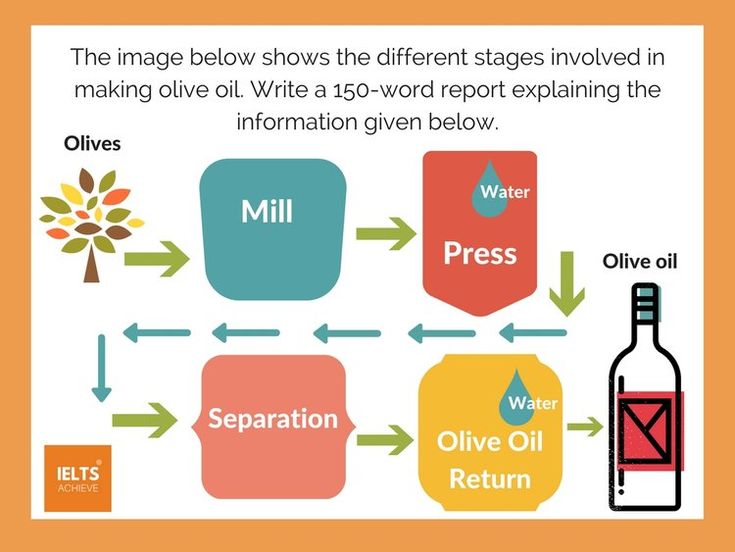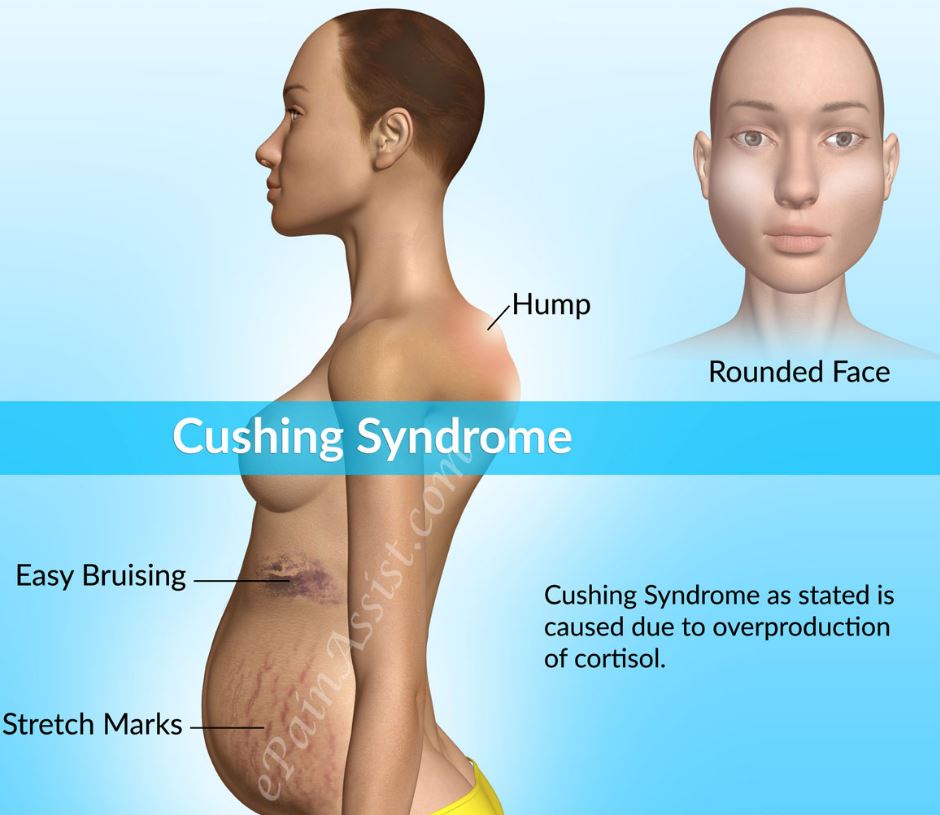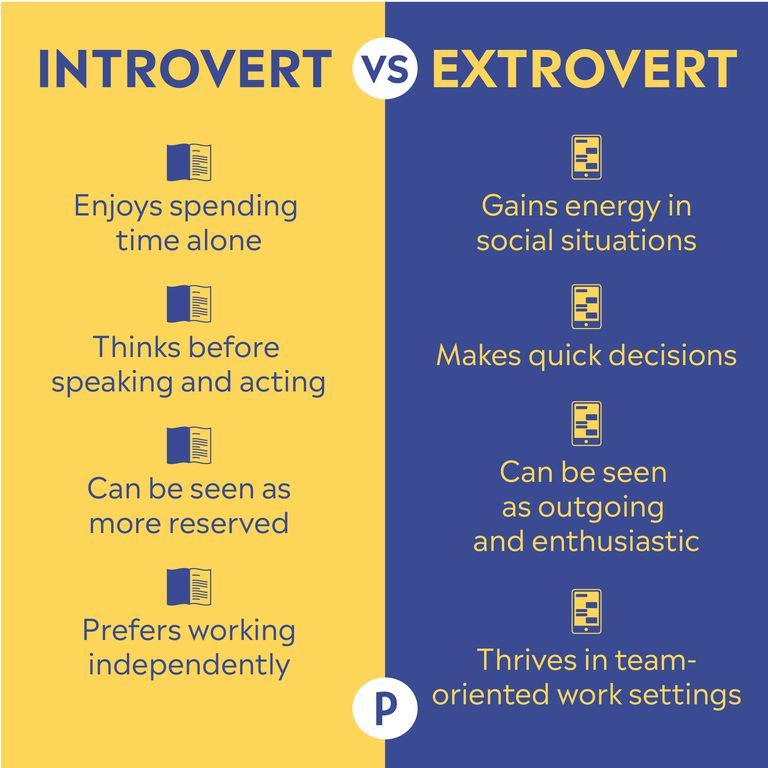How to make difference
7 Small Ways to Make a Big Difference in the World
Today, all of us are busy. To-do lists are overflowing. Email goes unanswered. Voicemail goes unchecked. So many of us are exhausted, sleep-deprived, stressed out and working way too much.
This is when kind gestures and deep compassion can get lost. We can get so bogged down with daily responsibilities that we miss the bigger picture, often right in front of our eyes.
But we can make a meaningful difference in this world every day. And we can do so in small ways.
In the new book Be a Good in the World: 365 Days of Good Deeds, Inspired Ideas and Acts of Kindness, Brenda Knight shares a slew of feasible and powerful compassionate suggestions. She features a variety of nonprofit organizations we can donate our money and time to. She includes creative ways we can care for our loved ones, colleagues, strangers and our entire planet.
Here are seven important ideas from Be a Good in the World.
1. Listen to others.
As Knight writes, “We don’t always have to donate time and energy to other parts of the world. Sometimes help is needed much closer to home.” If a loved one is having a hard time, listen to them. Ask someone else how they’re doing or how their day is going, and genuinely, with interest and curiosity, listen to their response.
Listen fully. Don’t try to fix the situation. Don’t judge. Don’t interrupt them as they’re speaking. Just listen to what they have to say. Listening is a powerful act of kindness. In fact, according to Knight, “Listening is an act of love.”
2. Give — with no strings attached.
Write a list of items someone has given you or actions they’ve taken that you’re thankful for. This might be anything from an old sofa to a ride to the airport. Next, list 10 things you’d like to give to someone, without any strings attached. Then see how many of these acts you can cross off in a week. Knight shares such examples as babysitting for a loved one, buying coffee for a friend and volunteering at a soup kitchen.
3. Use your skills for good.
If you’re a musician in Philadelphia, Miami, Nashville, New York City or Washington, D.C., you can volunteer to give live, in-room performances to patients who are undergoing treatment or can’t leave their beds. The nonprofit organization is called Musicians on Call. If you’re a painter, paint a mural in your community or create another piece of art to add beauty.
Tutor an elementary school student who reads below grade level for 45 minutes twice a week through Reading Partners. Learn more about opportunities to teach at Teach for America.
Make a list of ways you can use your skills for making a difference.
4. Be a good neighbor.
If your neighbor is elderly or disabled, offer to help them with their yard. Rake their leaves. Mow their lawn. Pick up their paper, and bring it to the door. Bring them soup, dinner or dessert.
5. Volunteer your time or money.
Find a new organization you can help out. These are just some of the important organizations Knight features in her book:
These are just some of the important organizations Knight features in her book:
- VOICES of September 11th provides information, support services and events for families, rescue workers and survivors.
- Twilight Wish Foundation grants wishes to senior citizens. Volunteers donate items, money or their time.
- Love146 is an international human rights organization working to end child trafficking and exploitation.
- Give An Hour provides free counseling to soldiers returning from Iraq and Afghanistan, and their families.
- Shoes That Fit provides new shoes to kids in need.
- Project Night Night donates “Night Night” packages to homeless children. These canvas totes include a new security blanket, an age-appropriate children’s book and a stuffed animal.
6. Write notes of gratitude.
“Write a note of gratitude to the people in your everyday life who make a difference — the mailman, a grocery clerk, or the greeter at the mall … Just by paying attention to those who can easily go unnoticed (especially if your smartphone is glued to your hand), you can enrich each other’s lives a little each day.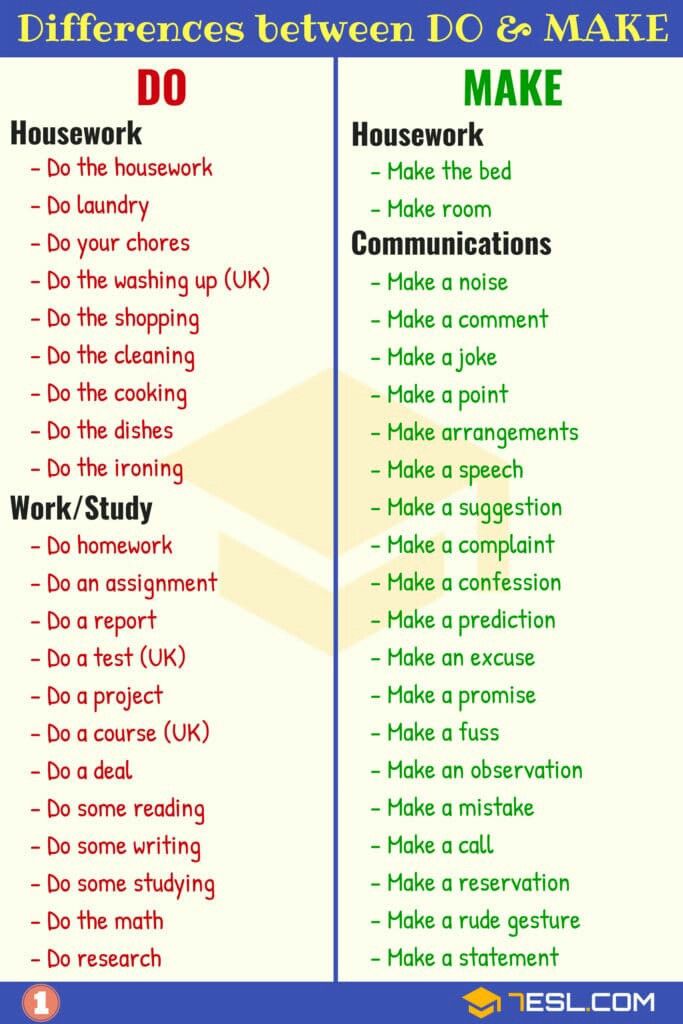 ”
”
7. Don’t forget about common courtesy.
Nice gestures go a long way. A small kindness can always help. We never know the kind of day someone is having; the bad news they just got; the loss they’re struggling with; the health crisis they’re undergoing; the dark thoughts they’re wrestling with. Hold the door for strangers. Say “good morning” and “thank you.” Be generous with compliments and words of appreciation.
It’s hard to think of others when we’re feeling overwhelmed, when our gazes are down, lost in our own worries and task lists. But there are small and simple ways we can give every day.
Start with any of the above ideas. Or come up with your own list of compassionate acts. As Knight writes in Be a Good in the World, look around and simply ask yourself, “‘How can I help someone today?’ In the end, you are also helping yourself just as much.”
25 Ways to Make a Difference in the World Every Day
“The way to gain a good reputation is to endeavor to be what you desire to appear.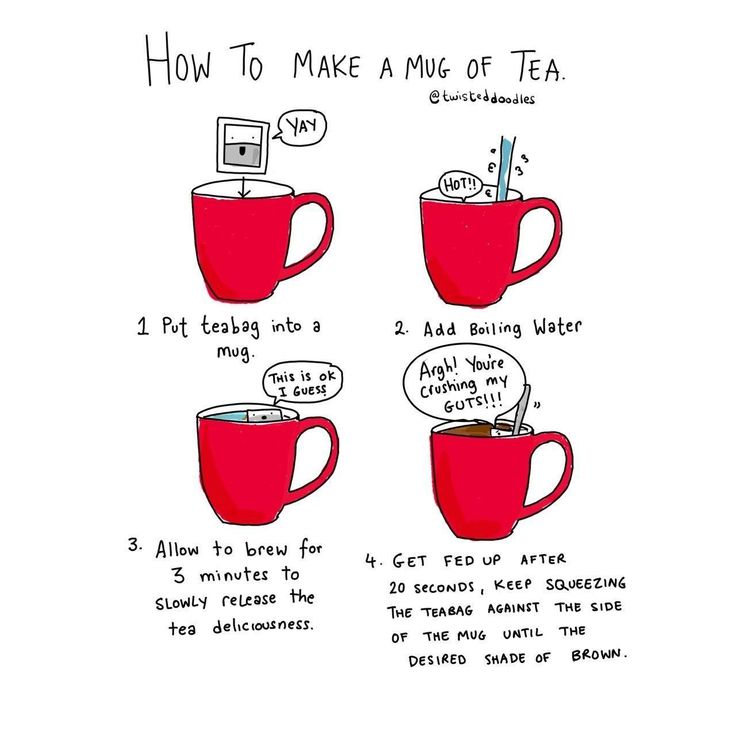 ” ~Socrates
” ~Socrates
When I started Tiny Buddha, my main goal was to make a positive difference. I think that’s a goal many of us share.
I’ve stumbled upon countless blog and books written by people who say their purpose in life is to help people.
I suspect it’s how most of us infuse our lives with meaning: trying to somehow leave the world a better place than we found it.
I recently read a somewhat old blog post by ex-Microsoft employee Scott Berkun that got me thinking about this collective fascination with making a difference in the world. He wrote:
“We rarely need big things. As soon as someone starts talking about changing the world or radically reinventing something odds are good he’s talking from his ego, not his heart. Unless he’s working on bringing safety to the scared, health to the sick, or opportunity to the poor, the reinvention serves a want (or an ego), not a need.”
He went to explain how on his last day at Microsoft, he gave a lecture and one of his colleagues thanked him for the first time, saying he’d never expressed his admiration before because he assumed it was apparent. According to Scott:
According to Scott:
“…it takes a better man to acknowledge goodness in others than it does to merely be good oneself. Anyone can criticize or accept praise, but initiating a positive exchange is a hallmark of a difference maker.”
What a beautiful idea. I couldn’t agree more.
Still, I don’t know if it’s possible to completely relinquish the ego, and I also don’t know if that’s a bad thing. I suspect some of the people who invented or reinvented “big things” to bring safety to the scared, health to the sick, or opportunity to the poor were, at least on some level, driven by the desire to be remembered for making a difference.
It’s human nature to want to create some type of legacy—to not just do good things but also be known for them. There’s no need to vilify that type of desire when you consider it’s primal in all of us.
So much is uncertain in life, particularly what happens after we die. We can’t understand or control where we’re going, but we can influence what we leave behind.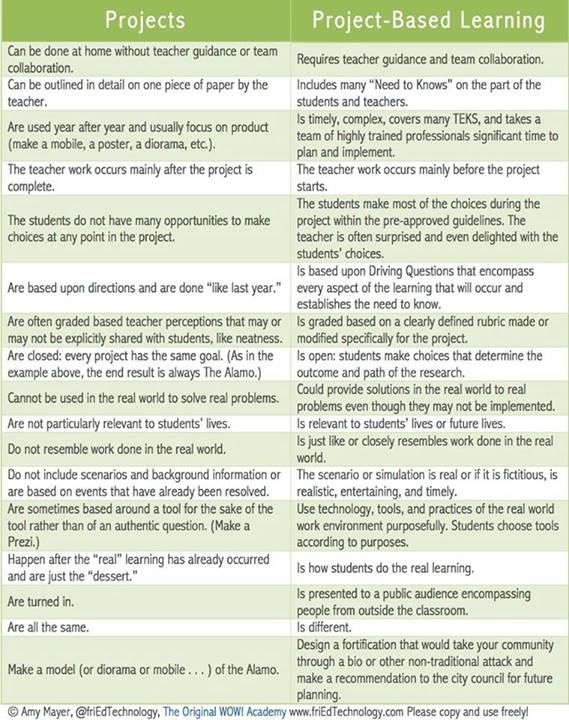 Why feel guilty for natural human instincts when those same instincts contribute to a lot of the good in the world?
Why feel guilty for natural human instincts when those same instincts contribute to a lot of the good in the world?
That being said, we can simultaneously make major contributions to society—both to help other people and feel good about our choices—while making a difference in our everyday lives. We can do things both large and small, for others and ourselves, every day if we choose to.
With that in mind, I recently asked on the Tiny Buddha Facebook page. Some of my favorite responses include:
1. Wake up. ~Karen Maezen Miller
2. Make a difference in yourself, for the better. Such an inward difference always has rippling outward benefits. ~Hansoul Kim
3. Remember there are three poisons: greed, anger, and ignorance. Do not deny their existence but turn them around and you have generosity, compassion, and wisdom. ~Clifton Bradley
4. Make it a habit to respect everyone. ~Margarita Medina
~Margarita Medina
5. Consider the people you see each day. Sometimes I get wrapped up in things I am working on— fundraisers etc. But the coworker, family member, pet right next to you are the people you can truly reach and touch. ~Amy E. Moore
6. Operate from a place of love. ~ Erika Gonzalez
7. Be kind to others. In this busy world people become self consumed and forget that kindness goes a long way. ~ Ana Stuckart
8. Acknowledge the light within myself and in others. Not always easy to do but feels so powerful when I am able to do so. ~Maria Thieme
9. Talk to someone that you think might be in distress. You may make the difference of a lifetime. ~Alexander De Raadt St.James
10. Simply show up. Just put your soul into it. If you show up physically with the soles of your feet, the heart, mind, and soul will have a chance to follow or catch up.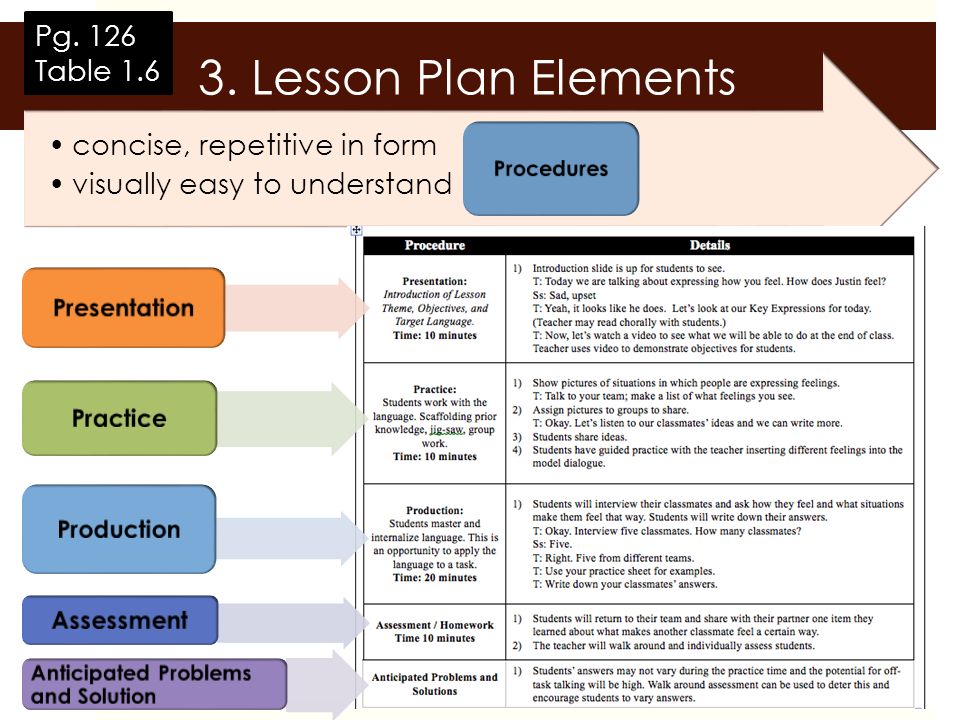 You may not want to be there in the beginning, but showing up allows a committed chance at making a difference everyday for the people you love, the people you will meet, and the eventual person you will become. Show up. ~Holli Grant
You may not want to be there in the beginning, but showing up allows a committed chance at making a difference everyday for the people you love, the people you will meet, and the eventual person you will become. Show up. ~Holli Grant
11. Smile. ~Seret Rafferty
12. Be more involved in the world. You can’t be spectator forever. ~Christina Breeden
13. Be the change you wish to see in the world! ~April Spears paraphrasing Gandhi
14. Be gentle and practice sympathetic joy. ~Susan Cross
15. Start really listening to the people around you. Your family for example. People crave for attention. People feel loved when given attention.. Give love. And listening is an act of love. ~Leoni Erica Tayamen
16. Listen. Give. Do. ~Phyllis Fenander
17. Teach your kids by example; be caring, open minded, have good manners and remember to smile.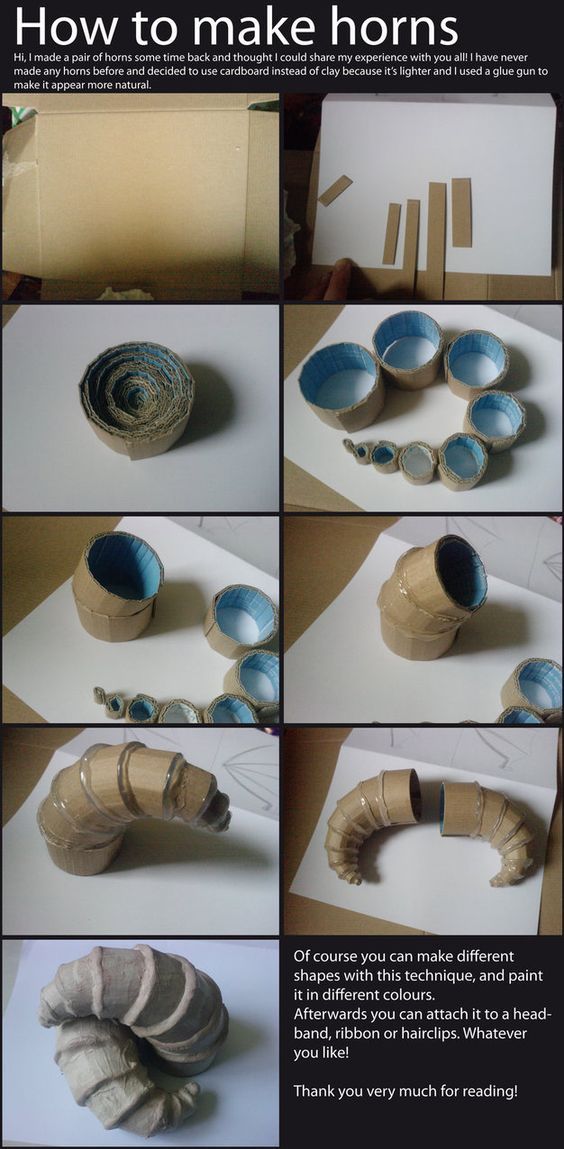 ~Paivi McKittrick
~Paivi McKittrick
18. Look into your child’s eyes. Stop what you are doing, sit down, and just look into them. Do that every day and you will change the world. ~Noel Cocca
19. Be a true you…positive energy attracts. ~Jane George
20. Love. ~Stephen Kreins
21. I quote the great Horatio Lee Jenkins: “Don’t worry—everything is going to be awesome!” ~Carl Dangers
22. Find someone that needs a smile and give them that smile, once a day for the rest of your life, and like a ripple in a pond it will be carried onwards. ~SoulLife Searcher
23. Speak without saying a word. A lot can be said without words. ~Ralph Rocha
24. Learn to be aware of all the wonder we have around us, let the past be in the past and not part of the future. Choose life every day, be grateful for whatever you have, and most important share, share, share—spread as much love as you can. ~Lula Insfran
Choose life every day, be grateful for whatever you have, and most important share, share, share—spread as much love as you can. ~Lula Insfran
25. Hakuna mattata, one love, pay it forward. ~Kerin Colby
How are you making a difference in the world?
Photo by Tony the Misfit
About Lori Deschene
Lori Deschene is the founder of Tiny Buddha. She’s also the author of Tiny Buddha’s Gratitude Journal, Tiny Buddha's Worry Journal, and Tiny Buddha's Inner Strength Journal and co-founder of Recreate Your Life Story, an online course that helps you let go of the past and live a life you love. For daily wisdom, join the Tiny Buddha list here. You can also follow Tiny Buddha on Facebook, Twitter, and Instagram.
See a typo or inaccuracy? Please contact us so we can fix it!
Adding and subtracting numbers - Microsoft Support
Excel for Microsoft 365 for Mac Excel 2019 for Mac Excel 2016 for Mac Excel for Mac 2011 More.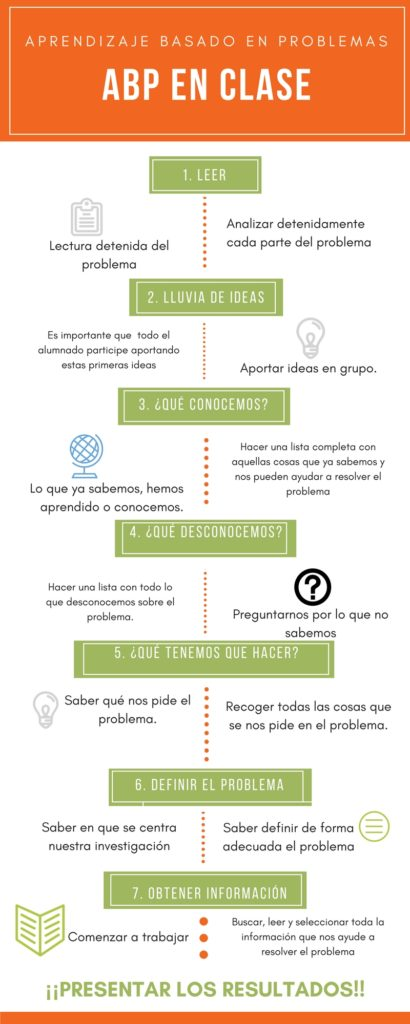 ..Less
..Less
To add or subtract in Excel, just create a simple formula. Keep in mind that all formulas in Excel begin with an equal sign (=), and you can use the formula bar to create them.
Adding multiple numbers in one cell
-
Click any empty cell and type the equal sign ( = ) to start entering the formula.
-
After the equals sign, enter multiple numbers separated by a plus sign (+).
For example: 50+10+5+3 .
-
Press the RETURN key.
Using the numbers from the example results in 68.
Notes:
-
If a date is displayed instead of the expected result, select the cell and on the Home tab select General .
-
-
Adding numbers using cell references
The cell reference is a column letter and a row number, such as A1 or F345. When you use a cell reference instead of a cell value in a formula, you can change the value without changing the formula.
-
Enter a number, such as 5 , in cell C1. Then enter another number, such as 3 , into cell D1.
-
In cell E1, type an equal sign ( = ) to start entering the formula.
-
Enter 9 after the equals sign0013 C1+D1 .
-
Press the RETURN key.
Using the numbers from the example results in 8.
Notes:
-
If you change the value in cell C1 or D1 and press the RETURN key, the value in cell E1 will change even if the formula remains the same.
-
If a date is displayed instead of the expected result, select the cell and on the Home tab select General .
-
Quick summation of numbers in a row or column
-
Enter multiple numbers in a column or row, and then select the filled range of cells.
-
On the status bar, look at the value next to sum. Total number - 86.
Subtract multiple numbers in one cell
-
Click any empty cell and type the equal sign ( = ) to start entering the formula.
-
After the equal sign, enter multiple numbers separated by a minus sign (–).
For example: 50-10-5-3 .
-
Press the RETURN key.
Using the numbers from the example results in 32.
Subtract numbers using cell references
The cell reference is a column letter and a row number, such as A1 or F345. When you use a cell reference instead of a cell value in a formula, you can change the value without changing the formula.
-
Enter numbers in cells C1 and D1.
For example, enter 5 and 3 .
-
In cell E1, type an equal sign ( = ) to start entering the formula.
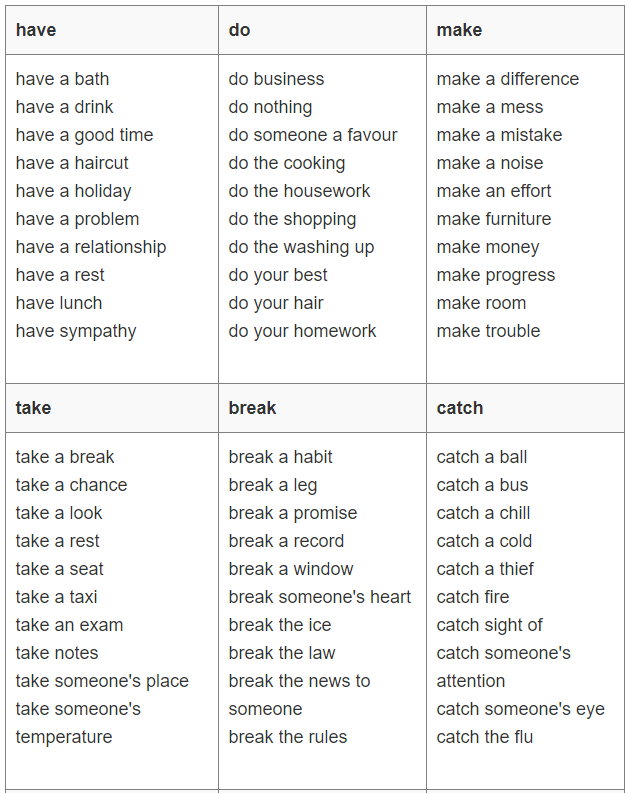
-
After the equal sign, enter C1-D1 .
-
Press the RETURN key.
Using the numbers from the example results in 2.
Notes:
-
If you change the value in cell C1 or D1 and press the RETURN key, the value in cell E1 will change even if the formula remains the same.
-
If a date is displayed instead of the expected result, select the cell and on the Home tab select General .
-
Adding several numbers in one cell
-
Click any empty cell and type the equal sign ( = ) to start entering the formula.
-
After the equals sign, enter multiple numbers separated by a plus sign (+).
For example: 50+10+5+3 .
-
Press the RETURN key.
Using the numbers from the example results in 68.
Note: If you see a date instead of the expected result, select the cell, and then on the Home tab, in the Number area, select General from the pop-up menu.
Adding numbers using cell references
The cell reference is a column letter and a row number, such as A1 or F345. When you use a cell reference instead of a cell value in a formula, you can change the value without changing the formula.
-
Enter a number, for example 5 , to cell C1. Then enter another number, such as 3 , into cell D1.
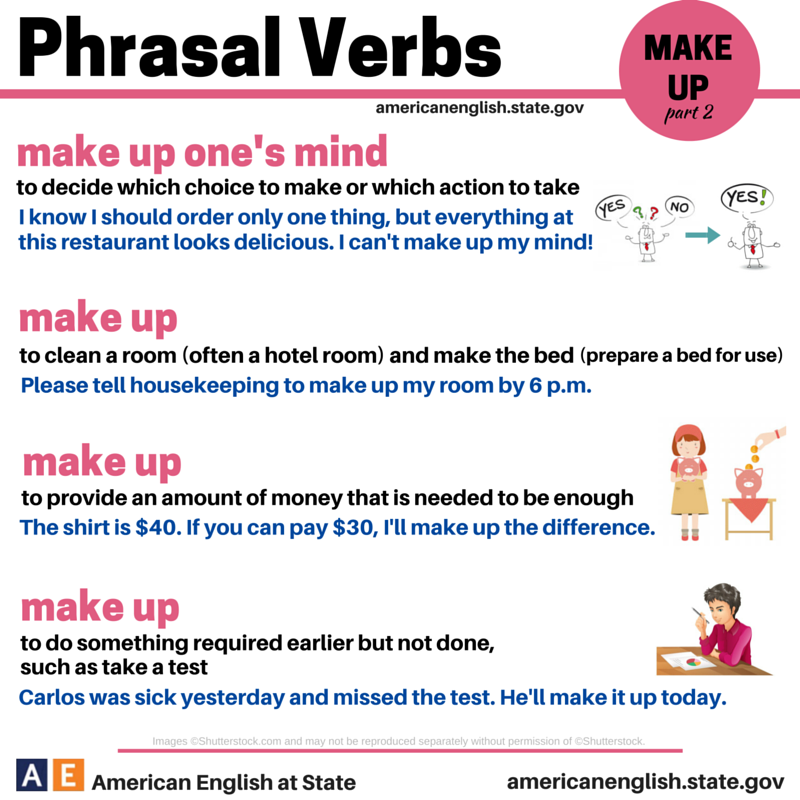
-
In cell E1, type an equal sign ( = ) to start entering the formula.
-
After the equal sign, enter C1+D1 .
-
Press the RETURN key.
Using the numbers from the example results in 8.
Notes:
-
If you change the value in cell C1 or D1 and press the RETURN key, the value in cell E1 will change even if the formula remains the same.
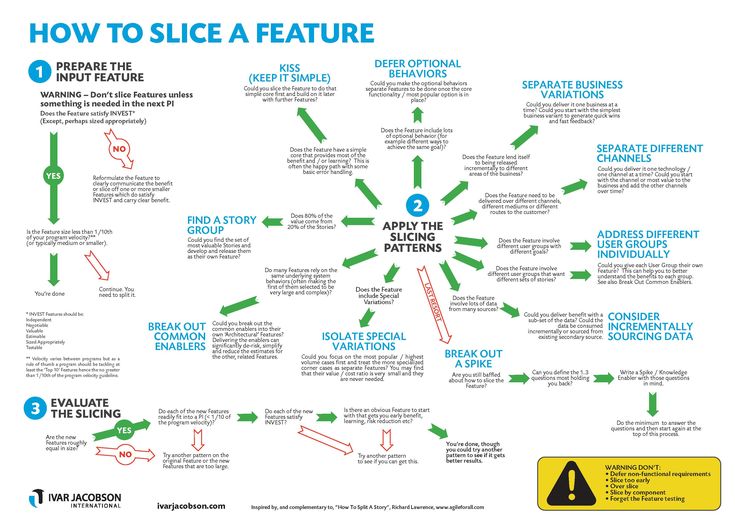
-
If you see a date instead of the expected result, select the cell, and then on the Home tab, in the Number area, select General from the pop-up menu.
-
Quick summation of numbers in a row or column
-
Enter multiple numbers in a column or row, and then select the filled range of cells.
-
On the status bar, look at the value next to sum= .
 The total number is 86.
The total number is 86. If the status bar is not displayed, in menu View select item Status bar .
Subtraction of several numbers in one cell
-
Click any empty cell and type the equal sign ( = ) to start entering the formula.
-
After the equal sign, enter multiple numbers separated by a minus sign (–).
For example: 50-10-5-3 .
-
Press the RETURN key.
Using the numbers from the example results in 32.
Subtract numbers using cell references
The cell reference is a column letter and a row number, such as A1 or F345. When you use a cell reference instead of a cell value in a formula, you can change the value without changing the formula.
-
Enter numbers in cells C1 and D1.
For example, enter 5 and 3 .
-
In cell E1, type an equal sign ( = ) to start entering the formula.

-
After the equal sign, enter C1-D1 .
-
Press the RETURN key.
If you used the numbers from the example, the result will be -2.
Notes:
-
If you change the value in cell C1 or D1 and press the RETURN key, the value in cell E1 will change even if the formula remains the same.
-
If you see a date instead of the expected result, select the cell, and then on the Home tab, in the Number area, select General from the pop-up menu.
-
Additional information
Calculation of operators and order of operations
Add or subtract dates
Subtraction of time values
Subtract numbers - Microsoft Support
excel
Formulas and Functions
Formulas
Formulas
Number subtraction
Excel for Microsoft 365 Excel 2021 Excel 2019 Excel 2016 Excel 2013 Excel 2010 Excel 2007 More...Less
Important: The calculated results of formulas and some functions of an Excel worksheet may differ slightly on x86 or x86-64 Windows-based computers and ARM-based Windows RT computers. Learn more about these differences.
Learn more about these differences.
Let's say you want to know how much inventory is unprofitable (subtract the profitable items from the total stock). Or perhaps you want to know how many employees are approaching retirement age (subtract the number of employees under the age of 55 from the total number of employees).
What to do
There are several ways to subtract numbers, including:
-
Subtracting numbers in a cell
-
Subtracting numbers in a range
Subtract numbers in cell
For simple subtraction, use arithmetic operators - (minus).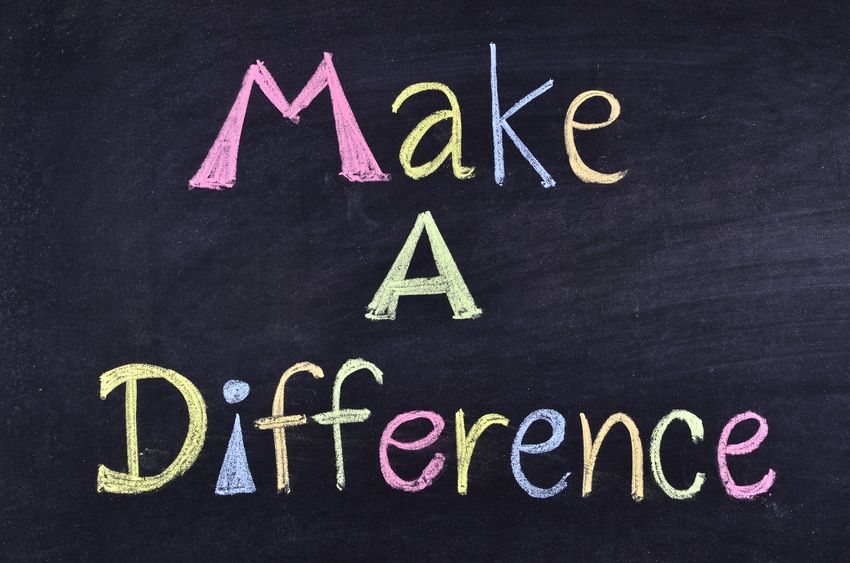
For example, if you enter in cell formula \u003d 10-5, as a result, 5 will be displayed in the cell.
Subtraction of numbers in the range
Adding a negative number is like subtracting one number from another. Using the SUM function , you can add negative numbers in a range.
Note: Function 9 does not exist in Excel0013 SUBTRACT . Use the SUM function, converting any numbers you want to subtract to their negative values. For example, the function SUM(100,-32.15,-6) returns 77.
Example
To subtract numbers in various ways, follow the steps here.
-
Select all rows in the following table, and then press CTRL+C.
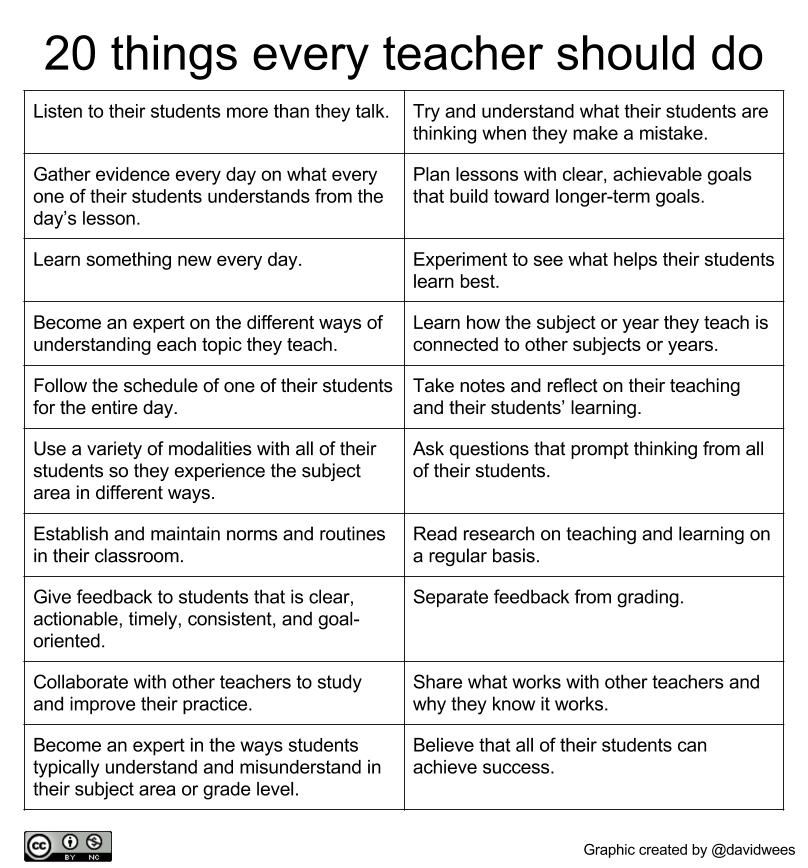
Data
15000
9000
-8000
Formula
=A2-A3
Subtracts 9000 from 15000 (which is equal to 6000).
